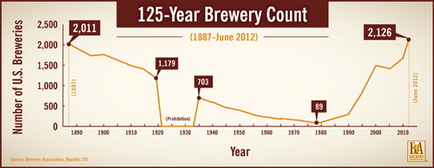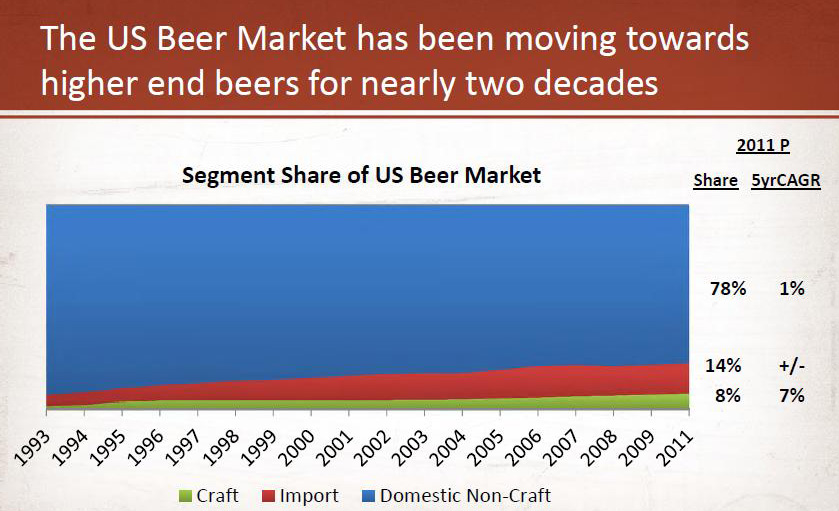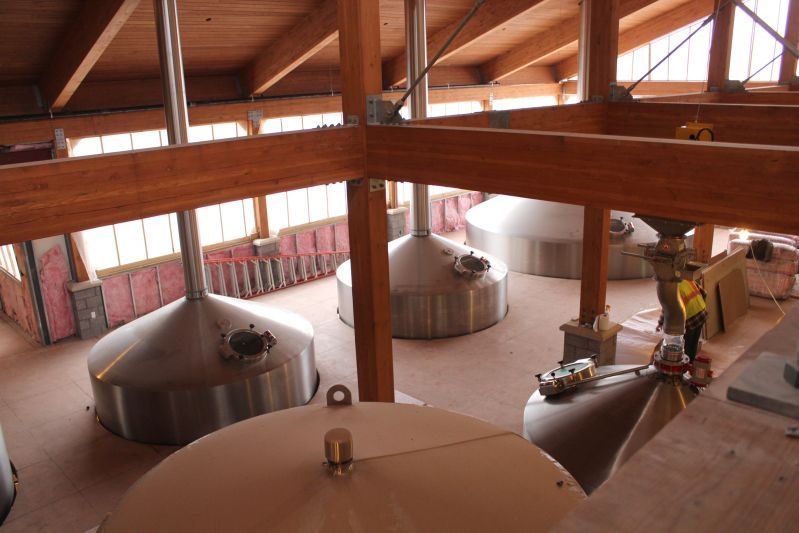Although a federal judge dismissed an American Indian tribe’s lawsuit on 2 October 2012 that blamed brewers and several stores for chronic alcoholism on an impoverished South Dakota reservation, the judge also said that the case belonged in a state court, thus giving a subtle moral support to the tribe’s claims, U.S. media report.
By rule of thumb, private equity companies like to seek an exit after three to four years. That’s why it should not come as a surprise that North American Breweries, which sells Genesee and Labatt beer in the U.S., is rumoured to have been put up for sale by its owner, private equity firm KPS Capital Partners, media reported on 6 September 2012. Representatives from KPS were quick to refute the allegation.
About a year after paying USD 38.8 million to acquire the long-established Chicago craft brewer Goose Island, AB-InBev plans to roll out its beers nationally as of November 2012.
On 6 August 2012, the Brewers Association (BA), the trade association representing the majority of U.S. brewing companies, released strong mid-year numbers for America’s small and independent craft brewers. Dollar sales were up 14 percent in the first half of 2012, while volume of craft brewed beer sold jumped 12 percent during that same time period, compared with the same period last year, says the BA.
Hopefully AB-InBev did not reckon without its host – which in this case is the U.S. anti-trust body at the Department of Justice. One of the biggest news stories in recent weeks was AB-InBev’s acquisition of the remaining stake in Grupo Modelo. Now the U.S. is abuzz with gossip that AB-InBev may have to sell off brands to clear antitrust hurdles.
“We believe this transaction brings no change to the U.S. market,” AB-InBev’s CEO Carlos Brito told analysts when the deal was announced on 29 June 2012. Mark his words.
Why would any sane brewer want to use open wooden fermenters? Why indeed. The answer is: because he wants to. When I visited Bell’s new brewhouse in Kalamazoo, Michigan, in June, I was shown a hall where they had fanned out the parts of four 100 year old cypress-wood fermenters. These fermenters were used at Stroh’s Brewery until the late 1950s or early 1960s and have been sitting in a warehouse in the Detroit area for more than 50 years. They are 12 feet in diameter and will stand about 8 feet tall. Stroh’s was one of the largest breweries in the country until it closed in 1985, the same year Bell’s sold its first beer.
You win some, you lose some. AB-InBev may have been successful in acquiring the rest of Grupo Modelo it did not yet own, but in the U.S. it has been prevented from buying the remaining shares in a Chicago beer distributor. In its long-standing dispute with the Illinois regulators over the future of its stake in Chicago’s distributor City Beverage, Anheuser-Busch (A-B) has been given until 1 October 2012 to review its case. The request was granted on 20 June 2012.
As we reported on 2 July 2012, U.S. wine company Constellation Brands is one to benefit big time from the AB-InBev-Modelo deal. In a side deal meant to allay antitrust concerns over the Modelo purchase, Constellation Brands has entered into an agreement with AB-InBev to acquire the remaining 50 percent stake of Crown Imports, the Corona importer in the United States.
The state-owned Czech brewery Budejovicky Budvar (Budweiser Budvar) on 3 July 2012 terminated its U.S. distribution deal with AB-InBev and transferred the rights to distributor United State Beverages based in Stamford, Connecticut.




